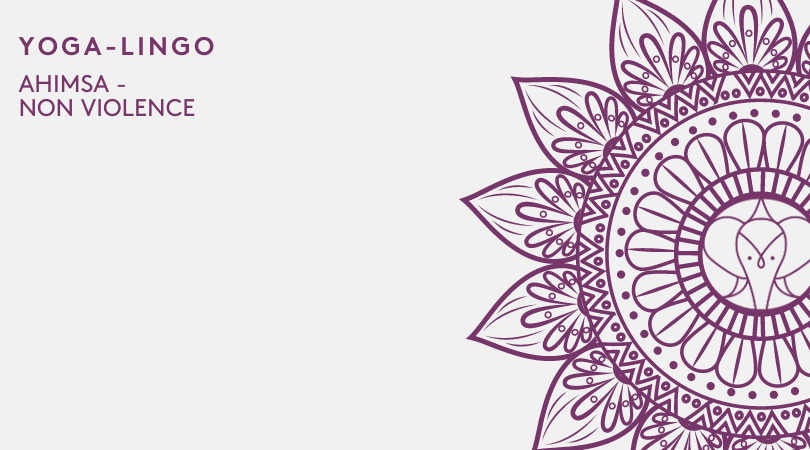Eka Pada Rajakapotasana - One-Legged King Pigeon Pose
Eka Pada Rajakapotasana (pronounced as aa-KAH pah-DAH rah-JAH-cop-poh-TAHS-anna) is derived from the Sanskrit eka meaning one, pada meaning foot or leg, raja meaning king, kapota meaning pigeon and asana meaning pose. It, therefore, translates to the One-legged king pigeon pose in English. It is a great hip opener that has been associated with Svadisthana chakra (spleen or sacral). Opening the hips is also known to release a lot of tension, stress and negative energy from the body.
Eka Pada Rajakapotasana Step by step
Step 1: Start on all fours. Ensure your knees are directly under your hips and hands a little ahead of the shoulders. Slide your right knee forward such that it is behind your right wrist. Also, place your right shin under your torso and bring the right foot in front of your left knee. The outside of your shin should now rest on the floor.
Step 2: Slide the left leg back slowly and straighten it so that the thigh goes to the floor. Lower the outside of the right buttock to the floor. Place the right heels in front of your left hip. The left leg should extend straight out of the hip and not be angled off to the left. The right knee, however, can slightly angle to the right.
Step 3: Stretch your arms forward and then slide them back towards the front shin. Push your fingertips firmly on the floor and then start raising your torso. Lift the torso away from the thigh as you lengthen the lower back by pushing the tailbone down and forward. While at it, roll your left hip toward your right heel to lengthen the front groin.
Step 4: Lift your body up from the lower rib cage all the way to the upper rib cage and push your head backwards without shortening the back of your neck. In that back position push your chest outwards so that the sternum points upwards to the ceiling.
Step 5: Bend the back knee and reach with your arm to take hold of it. Bring the foot forward towards your head and hold the position for a set time. Return your hands back to the floor and bring your leg knee forward and take a few breaths. Drop to all fours and repeat the process with the other leg forward.
Modifications
You can place a folded mattress underneath the thigh on the leg that is forward. This will help to support your thigh when you are unable to get it to the floor. You can also use a strap to get an easy hold of the back leg.
Preparatory poses
Since Eka Pada Rajakapotasana is a complex pose, the preparatory poses should be done to open up the whole body. The poses to do include; Baddha konasana, Bhujangasana, Gomukhasana, setu bandha, supta virasana, supta baddha konasana, utthita parsvakonasana, utthita trikonasana, virasana and virksasana.
Follow up poses
The follow-up poses are the three variations to the Eka Pada Rajakapotasana pose that are also pigeon poses.
Benefits
Stretches the thighs, chest, abdomen, shoulders, groin, and neck.
Strengthens the core
Stimulates abdominal organs
Opens the hips
Opens the chest and shoulders
Strengthens the thighs.
Drishti
Drishti is upwards towards the ceiling
Variations
Eka Pada Rajakapotasana is the first pose in a series of four pigeon poses. The poses become difficult as you go up the series. In all the three only the position of the forward foot is altered. In the next pose, the position of the forward-leg is a little altered to increase the resistance and engagement of the core. In the third one, the foot is stepping on the floor with the knee angled forward of the heel. The last position entails having the forward leg out straight in front of you.
Pose type
Backbend, stretch pose
Beginner tips
The Eka Pada Rajakapotasana is an advanced pose and therefore proper prior preparation is required to perform it with ease.
It might be really difficult to get to the foot the first time. If this is the case, you can use a strap tied around the foot to make it easy to reach. Place the strap on the side where it is easy to reach and then pull it over your shoulders. Slowly pull on the strap until it is comfortable or if you can to the shoulders for the complete pose.









